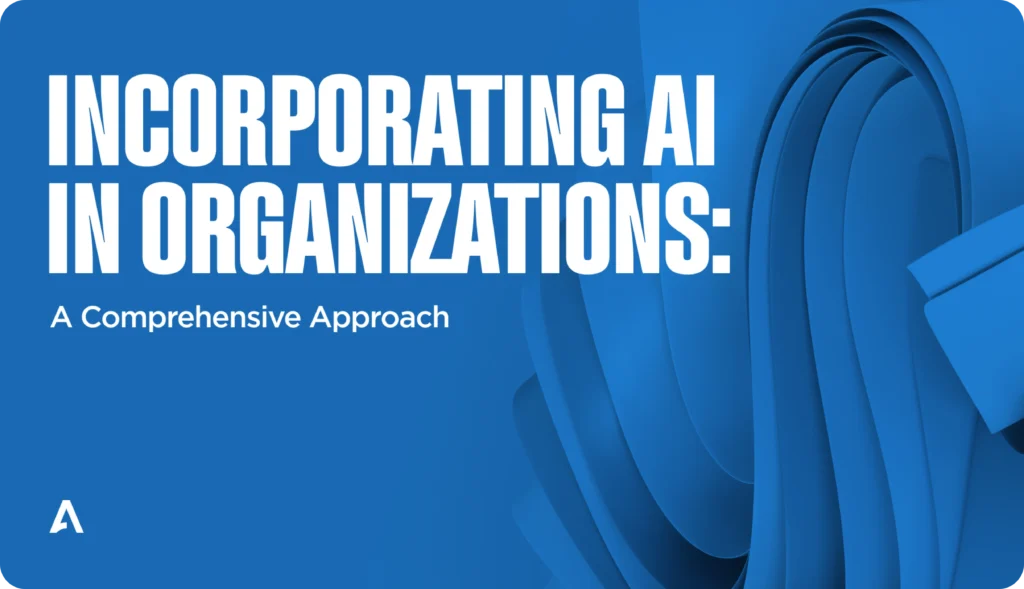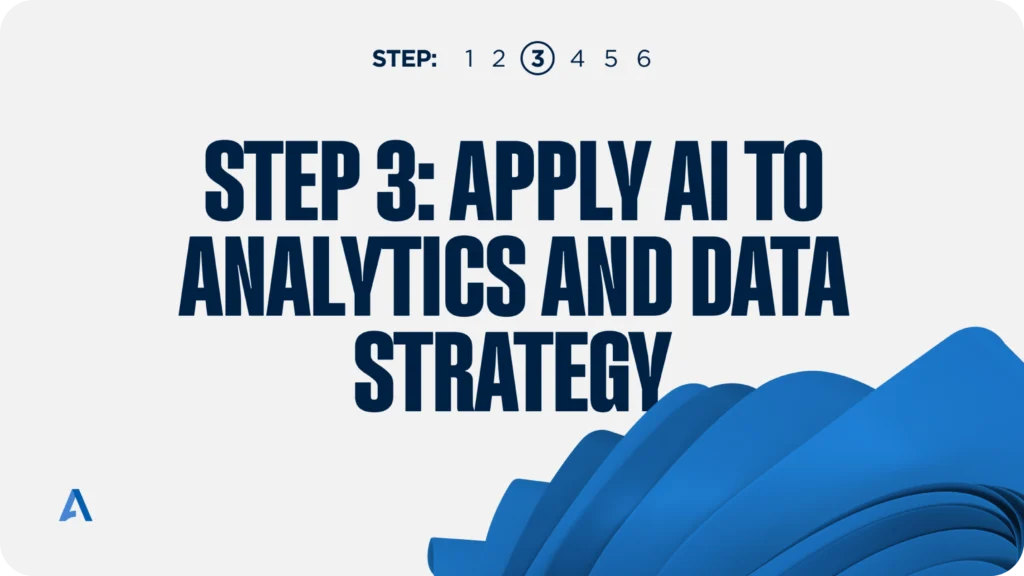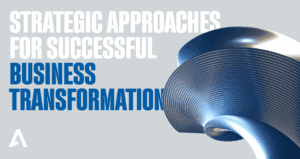
Web 3.0 is at the forefront of the digital revolution. It brings many exciting trends, ranging from decentralization and interoperability to better security and tokenization.
As experts in Web 3.0 advisory services, we build robust governance frameworks that aim to empower your organization to adopt this new era of digital transformation.
With this strategic guide, Alba Partners presents a comprehensive deep-dive on Web 3.0 advisory services in the United Arab Emirates (UAE). As the country moves towards a digital economy, it becomes more and more crucial to align with the nation’s vision of becoming a global leader in cutting-edge technologies.
In this article, we will discuss the main trends of Web 3.0, the UAE’s strategic initiatives, and how our services can help organizations harness the power of this emerging paradigm. We will conclude with our own CEX (Centralized Exchange) strategy roadmap, along with our 5 key drivers in centralized exchange. Without further ado, let’s dive in.
Main Trends in Web 3.0
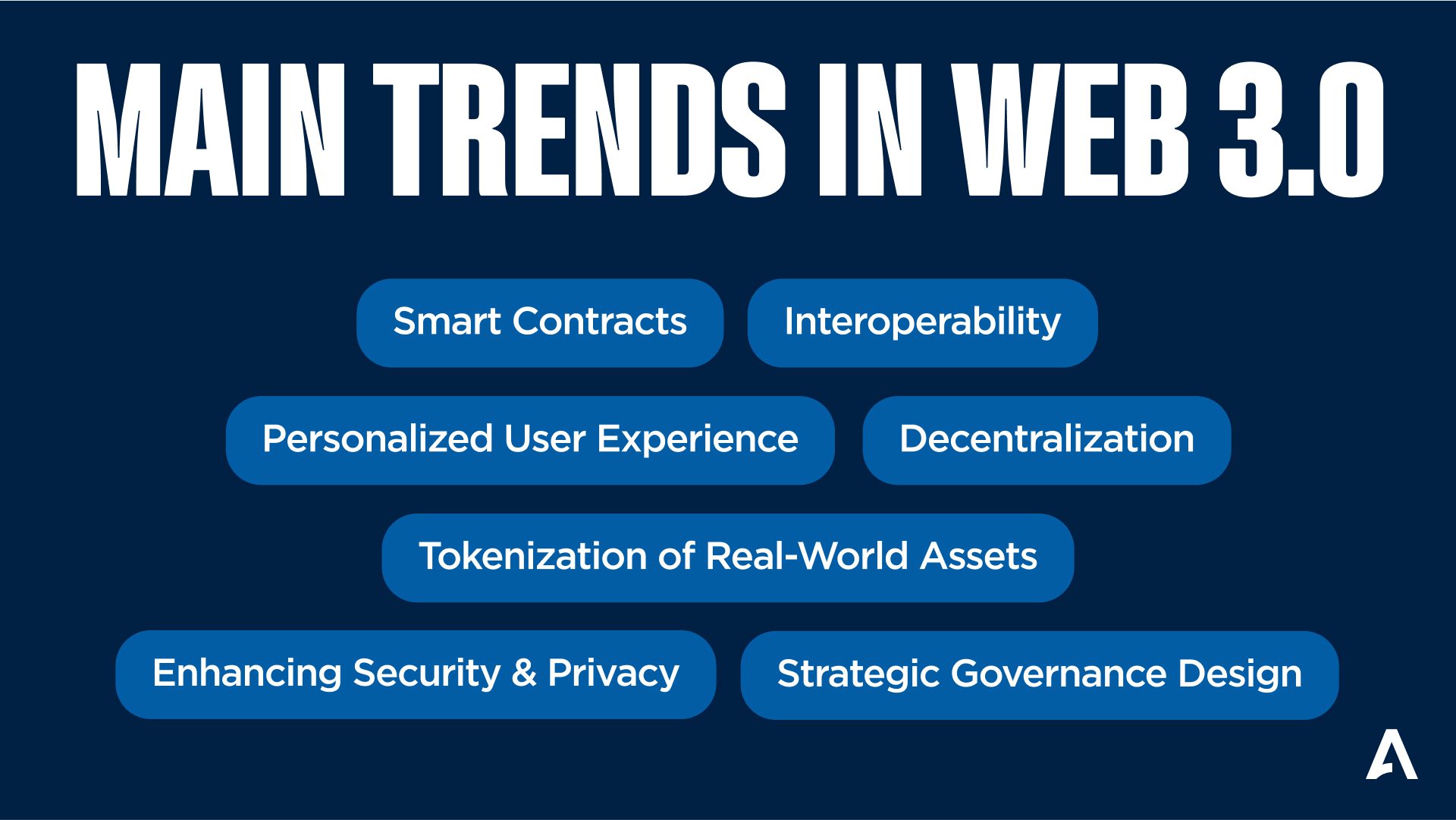
1. Decentralization
Web 3.0 leverages the power of blockchain technology and decentralized protocols. It eliminates the need for intermediaries, ensuring unparalleled trust, transparency, and data integrity.
Embrace decentralization, trust, and security. No intermediaries, just peer-to-peer excellence. Welcome to a decentralized and trustless era with Web 3.0!
2. Interoperability
Another emerging trend is that Web 3.0 emphasizes seamless data exchange and interoperability between different platforms and applications. By doing so, it enables users to move freely between ecosystems.
With standardized protocols and open APIs, Web 3.0 allows for the frictionless transfer of assets, data, and services across multiple platforms. This interoperability eliminates unnecessary barriers and enhances the efficiency of transfers.
3. Personalized User Experience
Web 3.0 virtually puts users in the driver’s seat. In other words, it focuses on empowering users with more control over their data, enabling personalized experiences while ensuring privacy.
Users can selectively share their data, granting permission only to trusted entities, and receive tailored services. At the end of the day, Web 3.0 delivers experiences that perfectly align with an individual’s preferences and needs.
4. Smart Contracts
Web 3.0 utilizes smart contracts, which are self-executing agreements with predefined rules. This helps automate transactions and eliminate the need for intermediaries.
These contracts are immutable, transparent, and enforceable, enabling trustless interactions, cost savings, and improved efficiency across various sectors.
5. Tokenization of Real-World Assets
Web 3.0 introduces the promising trend of tokenization of real-world assets. Essentially, this is the process of representing physical assets, such as real estate, artworks, or commodities, as digital tokens on the blockchain.
At the end of the day, this process allows individuals and organizations to access previously illiquid assets, diversify portfolios, and create new investment opportunities.
6. Strategic Governance Design
Aligned with the UAE’s commitment to good governance, Alba Partners excels in designing robust governance frameworks for Web 3 Dubai ecosystems. We assist UAE-based organizations in establishing inclusive, transparent, and efficient governance mechanisms that align with the country’s principles of fairness, accountability, and representation.
7. Enhancing Security and Privacy
Alba Partners prioritizes the protection of digital assets and personal data in accordance with the UAE’s regulations. Our expertise in cryptographic protocols, privacy-enhancing techniques, and risk management strategies enables UAE-based organizations to implement robust security measures in a streamlined way.
UAE Vision and Initiative
The UAE has embraced strategic initiatives that align seamlessly with the principles of Web 3.0, as well as the Web3 ecosystem as a whole. Simultaneously, this adoption will further strengthen the UAE’s position in the country as the digital economy leader.
The UAE government is keen to promote digital economy contributions to the GDP from 9.7 percent to 19.4 percent in the next 10 years. (Rizvi, 2022) With our advisory services, we strive to contribute to the UAE’s vision of boosting digital economy contributions to the GDP, and ultimately, fostering a thriving metaverse ecosystem.
Here are some of these initiatives and how they enlighten the future of Web 3.0 Services in the UAE.
- The Dubai Metaverse Strategy: This strategy aims to make Dubai a leading hub for the metaverse. Blockchain is seen as a key enabler of this initiative. The strategy includes plans to develop metaverse-based government services, tourism, and education platforms.
- The Abu Dhabi Metaverse Gaming Initiative: This initiative aims to make Abu Dhabi a leading hub for metaverse gaming. The initiative includes plans to develop metaverse gaming accelerators, investment funds, and talent development programs.
- The Emirates Blockchain Center of Excellence: This center is being established by the Dubai government to accelerate and streamline the adoption of blockchain technology for businesses in the UAE. The center will provide training, support, and resources to businesses and government entities that are looking to adopt blockchain technologies.
- The Dubai Blockchain Assembly: This assembly is a new forum for blockchain stakeholders in Dubai to come together and discuss the latest trends and developments in the field. The assembly will also provide a platform for businesses and government entities to collaborate on blockchain projects.
Providing Web 3.0 Advisory Services in the UAE
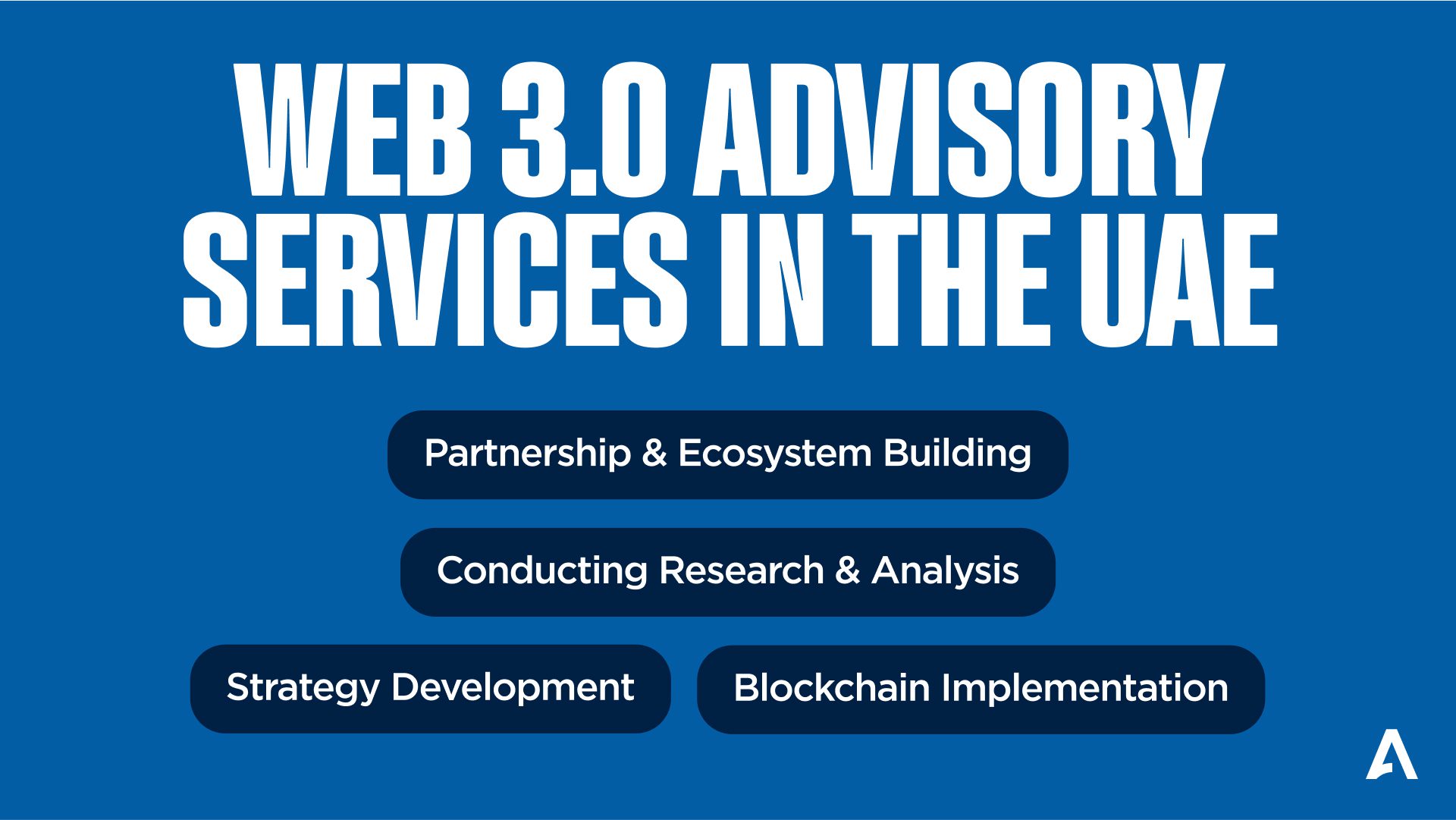
1. Conducting Research and Analysis
Alba Partners stays at the forefront of the latest developments in Web 3.0 examples, technologies, applications, and trends. By analyzing the potential impact of Web 3.0 on various sectors in the UAE, we provide valuable insights to organizations that wish to navigate this transformative field. Finance, healthcare, supply chain, and government services are among the targeted sectors.
As masters of research and data analysis, we are able to unlock critical patterns and workflows that will put you ahead of the competition.
2. Strategy Development
Through years of hands-on experience, we can firmly assist organizations in identifying opportunities to leverage Web 3.0 main features and technologies for operational excellence, cost savings, and elevated customer experiences.
By developing strategies to integrate decentralized systems, blockchain, and smart contracts into existing processes, we help organizations optimize their organizational processes, eventually enhancing profitability as well.
3. Blockchain Implementation
Alba Partners advises on the implementation of blockchain solutions, including architecture design, consensus mechanisms, and security measures. We serve as your guide on tokenization strategies, ICO/STO frameworks, and regulatory compliance, enabling the successful implementation of blockchain technology.
4. Partnership and Ecosystem Building
By fostering collaborations and knowledge exchange between UAE organizations and Web 3.0 projects, we aim to craft new ecosystems for innovation. With our tailor-made approach, we facilitate the development and adoption of cutting-edge technologies.
Our CEX Strategy Roadmap
As DeFi and decentralized protocols continue to evolve, Centralized Exchanges (CEX) face new challenges. It is currently the dominant method for users to interact with crypto assets but CEXs will need to adapt if they are to survive and thrive in this rapidly changing landscape.
Alba has the expertise and team to help CEXs navigate this complex landscape and leapfrog into a decentralized future.
Our strategy focuses on 5 Key principles for centralized exchanges:
- Guide users in the complex and rapidly changing crypto world.
- Be at least as trustworthy and transparent as a decentralized exchange.
- Create new bespoke financial products and services using innovative DeFi primitives.
- Support the management and recovery of Keys.
- Integrate AI to optimize operations.
Get in touch with us to see how we can help you stay competitive in a more decentralized world.
Forecasting the future: 5 key trends for the next 5 years of crypto
The next 5 years of crypto can be fairly accurately forecasted using a first principles approach. Based on our Alba’s analysis, here are the 5 trends to expect.
1. More decentralization
DEXs already holds more liquidity than most CEXs and can be accessed anywhere by anyone without any complex KYC procedures. Traditional barriers to adoption like fees or UI/UX are being overcome right now.
2. Not your keys, not your coin
This crypto mantra is being validated by the latest crypto scams and more people want to control their own keys. The challenge lies in ensuring these keys are not lost and are easily recoverable.
3. More Transparency
Almost all decentralized systems are transparent and can provide verifications like Zero Knowledge Proofs (ZKP) in the event that information needs to be encrypted. Crypto users expect transparency and trust through ZKPs to increase.
4. Very low or 0 fees
With Proto-Danksharding coming to Ethereum, DEXs on Ethereum will be able to significantly lower their fees. L2’s on Bitcoin will also lower fees and wrapped Bitcoin products will enable 0 fee Bitcoin transactions on Ethereum-based DEXs
5. Advanced integrations
AI and DeFi will eventually converge. AI is capable of processing inferences from large amounts of data and making far more efficient financial decisions. DeFI will likely give AI access to financial products and services that will have a significant impact on the entire financial ecosystem.
Conclusion
Web 3.0 is reshaping the digital landscape, and the UAE is at the forefront of embracing advanced technologies. At Alba Partners, we are committed to guiding organizations through this transformative era, aligning with the UAE’s strategic vision.
We are powered by our skilled team and data-backed processes.
As experts in the field, we have our own CEX strategy roadmap and principles for success.
Looking into the future, we expect to see more decentralization, better key management, more transparency, near 0 fees, and more.
Learn about our experience and start looking forward to a future with Web 3.0 technology.
Join us on this groundbreaking journey into Web 3.0. Feel free to reach out to us today to explore how our advisory services can empower your organization in the UAE’s progressive environment.
